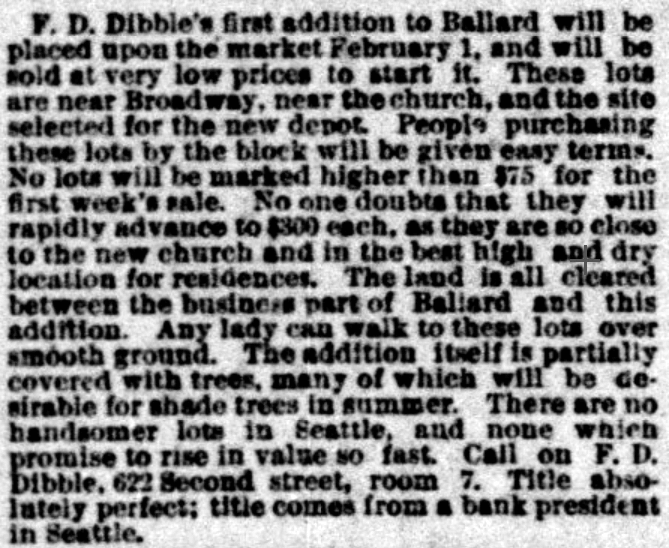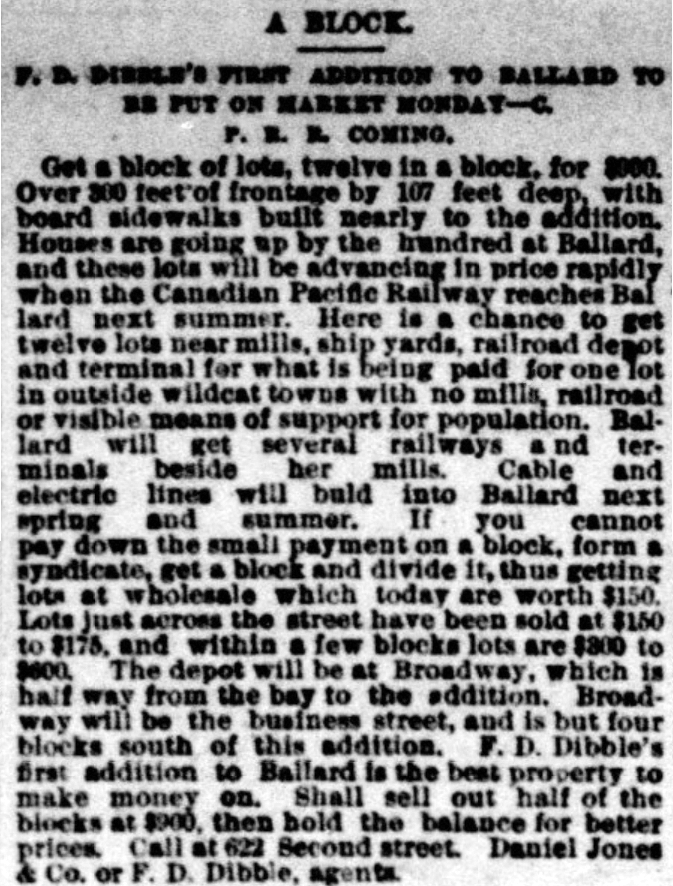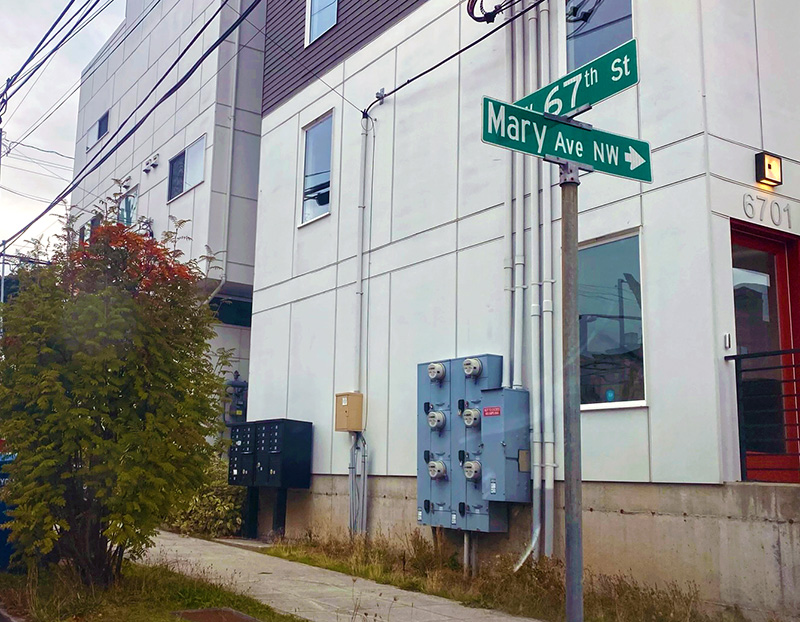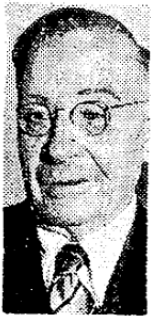This street was created in 1890 as part of F.D. Dibble’s First Addition to Ballard, which had just incorporated as a city that year, and would be annexed to Seattle 17 years later. It would, therefore, seem to be named after F.D. Dibble. But who was he? And who was J. Albert Jackson, who filed the plat?
Jackson first. The December 2, 1912, issue of The Sacramento Union refers to him as former vice president of the Washington-Alaska Bank of Nevada (based in Fairbanks). He was charged with falsifying the failed bank’s books and aiding and abetting its receiver, Frank W. Hawkins, in embezzlement. So much for his good name, which was used in one of the advertisements for the addition: “Title absolutely perfect; title comes from a bank president in Seattle.”
I was able to find out even less about F.D. Dibble. He appears to have been associated with Daniel Jones & Co., who were involved in the development of Mount Baker Park (see Hunter Boulevard S for more on Jones). But that’s it. I was able to find two mentions of Dibble & Wallace, a brick manufacturing company, which opened in 1882, but no first names of either proprietor. Dibble may have been F.D., or a relative — it’s impossible to say.
I also came across a book, Prairie Poems and Others, written by an F.D. Dibble and published in 1900. There is no biographical information included, but this Dibble plainly had been to Washington: among the many poems are “Lake Pend d’Oreille, Washington,” “Mt. Rainier,” and “Rainy Days in Seattle.” Could this have been the real estate man? Again — impossible to say.
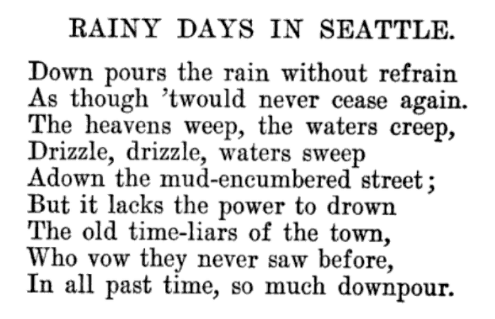
We must leave it at this, then: Dibble Avenue NW was named for F.D. Dibble… full stop.
Today, Dibble Avenue NW begins at NW 65th Street and goes 1½ miles north to NW 95th Street. It begins again on the other side of Holman Road NW at NW 97th Street and goes ⅓ of a mile north to NW 105th Street.
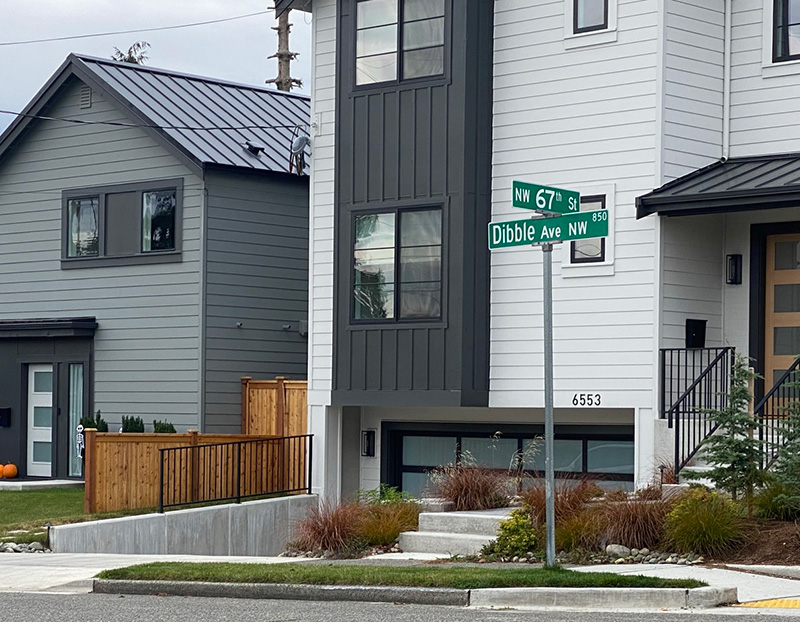
Born and raised in Seattle, Benjamin Donguk Lukoff had his interest in local history kindled at the age of six, when his father bought him settler granddaughter Sophie Frye Bass’s Pig-Tail Days in Old Seattle at the gift shop of the Museum of History and Industry. He studied English, Russian, and linguistics at the University of Washington, and went on to earn his master’s in English linguistics from University College London. His book of rephotography, Seattle Then and Now, was published in 2010. An updated version came out in 2015.
